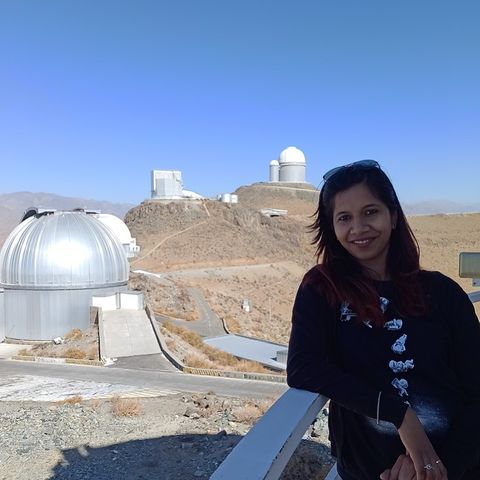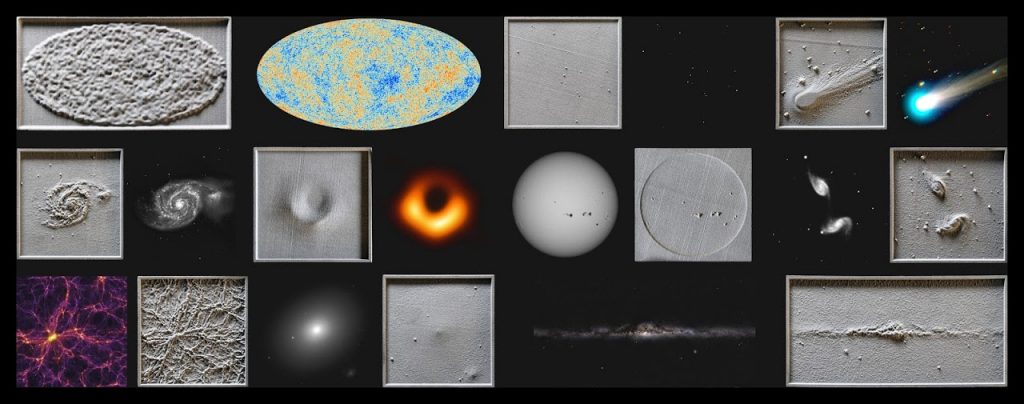The “EuCAPT Outstanding contributor” prize was awarded to Newcastle postgraduate researcher, Niko Sarcevic, during the First EuCAPT Annual Symposium. EuCAPT (European Consortium for Astroparticle Theory) is an organization with a goal of bringing together the European astroparticle and cosmology community. EuCAPT was established in 2019, with Gianfranco Bertone as a director and coordination from CERN. EuCAPT has over 600 members (2019 census).
“I joined EuCAPT as a junior contributor in the fall of 2020. I have been working closely with Gianfranco Bertone (GRAPPA) and David Marsh (Stockholm) on developing new ways of bringing the EuCAPT community together. An example of such an initiative is a new feature on the EuCAPT blog called “Community profiles” which is a weekly interview with a member of the community. Another example of my contribution is creating and hosting a HEP-ASTRO-COSMO GitHub repository where all the open source code in the field of astroparticle, particle physics and cosmology is collected. Lastly, one of the campaigns resulted in the interactive community map featured on the EuCAPT home page. A similar code, publicly available, can be found on my website.”
The “Postgraduate Prize for Outreach” was awarded by the Newcastle School of Mathematics, Statistics, and Physics to Alex Gough. This prize was awarded for Alex’s contributions to the Astrobites collaboration and their public outreach talk to the Newcastle Astronomical Society about cosmology.
The Astrobites collaboration is an international group of masters and PhD students who write accessible summaries of current astrophysics research papers, as well as specialist “Beyond” posts about DEI problems in astronomy, mental health in academia, what the day-to-day life in astronomy looks like, and application processes and career advice. Contributing authors write approximately one article per month, along with helping edit other authors’ articles.
“I’ve been reading Astrobites articles since I was in school, and getting to help contribute to the collaboration has been something I’ve wanted to do for a long time. I think the ‘daily bites’, which make up the backbone of Astrobites provide a much needed niche in scientific literacy, helping aid undergraduate students in learning how to examine actual research articles. I’m excited to help contribute to some of the Beyond topics that Astrobites has become more focused on in recent years, especially concerning equity issues in astronomy and physics. You can read my current articles or find out about other things I do on my website.”


